Birds bring life, color, and natural pest control to our yards, but sometimes our well-intentioned habits inadvertently drive these feathered visitors away. Creating a bird-friendly environment requires more than just hanging a feeder – it involves understanding how our everyday yard maintenance and landscaping choices affect avian visitors. Many homeowners are unknowingly making mistakes that send birds searching for safer, more hospitable territories. By recognizing these common errors, you can transform your outdoor space into a welcoming haven that attracts diverse bird species year-round. Let’s explore the seven most common yard mistakes that might be keeping birds from visiting your outdoor sanctuary.
Excessive Chemical Use in Garden Maintenance
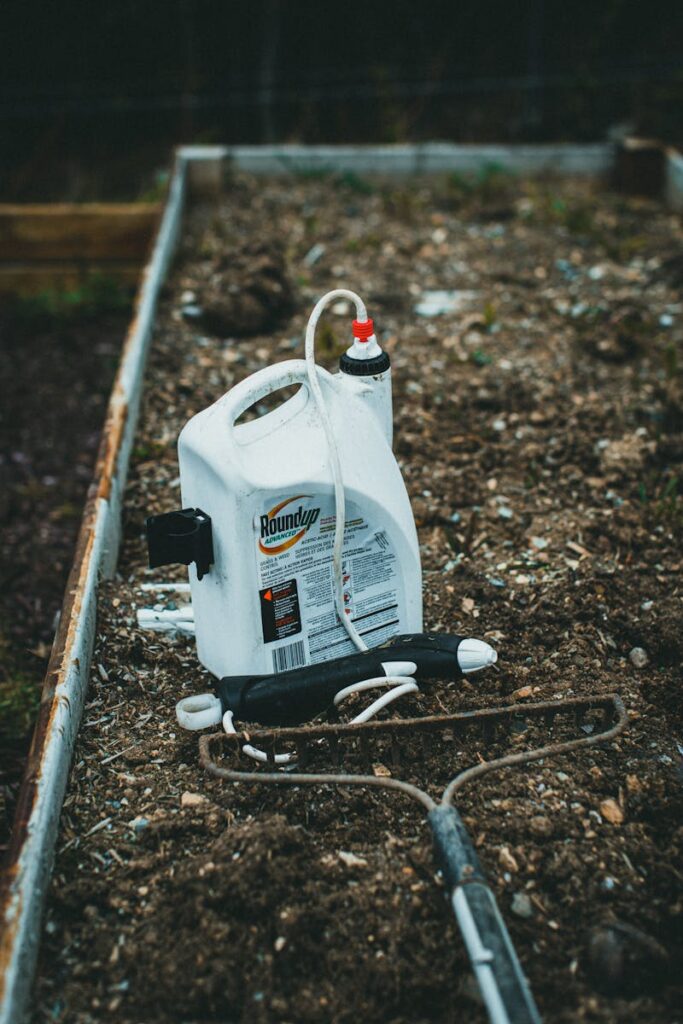
Chemical pesticides, herbicides, and fertilizers might keep your lawn looking pristine, but they can be deadly to birds and the insects they feed on. When birds consume insects that have absorbed these toxins, they can suffer neurological damage, reproductive issues, or even death. The ripple effect continues as chemical runoff contaminates water sources that birds depend on for drinking and bathing. Studies have shown that yards maintained with organic practices host up to 50% more bird species than those treated with synthetic chemicals. Consider switching to natural alternatives like neem oil, insecticidal soaps, compost, and beneficial insects to maintain your garden while keeping it bird-friendly.
Neglecting Water Sources During Maintenance
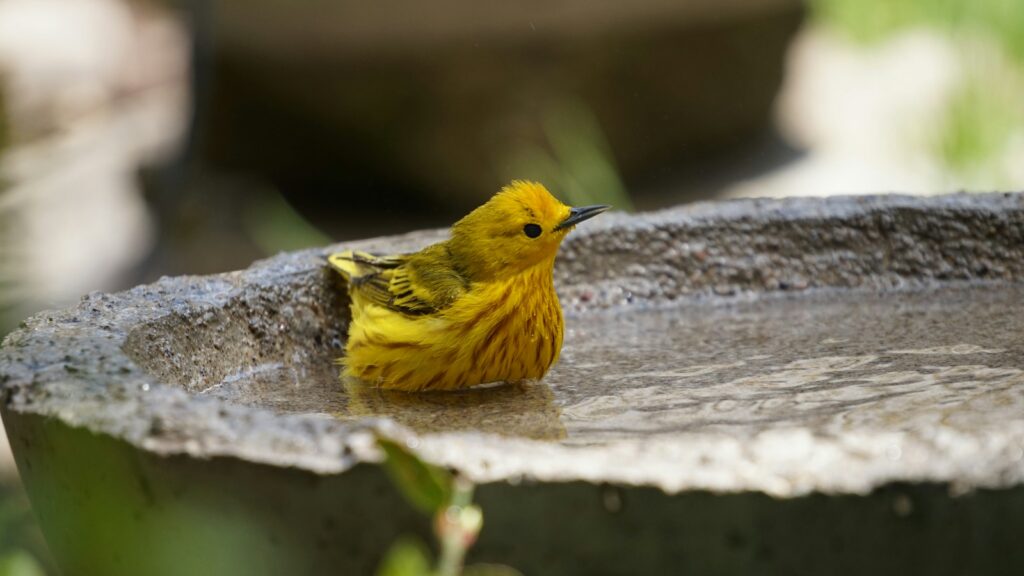
Birds require reliable water sources not just for drinking but also for bathing, which helps them maintain healthy feathers for efficient flight and insulation. Many homeowners focus exclusively on food sources while overlooking the critical need for clean water. Bird baths that are too deep, rarely cleaned, or positioned in vulnerable locations can discourage birds from visiting or even pose drowning hazards. The ideal bird bath should be shallow (no more than 2-3 inches deep), include gradually sloped sides, and feature a rough surface for better footing. Placing the bath near shrubs or trees provides birds with quick escape routes from predators, making them feel secure enough to use your water feature regularly.
Overly Manicured Landscapes Lacking Diversity
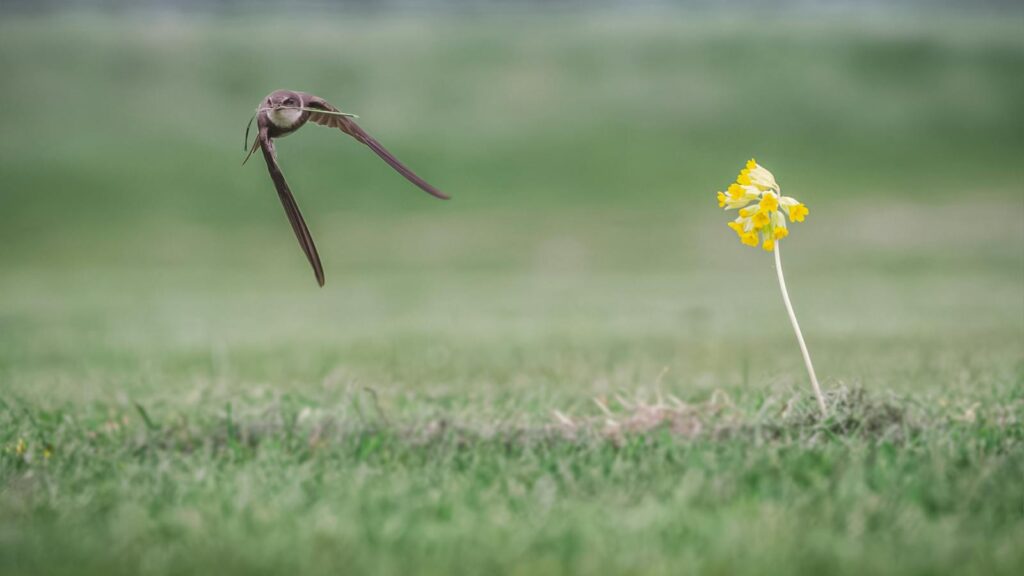
The perfect, pristine lawn might win neighborhood awards, but it’s essentially a desert for birds seeking food and shelter. Overly manicured yards with extensive turf grass, few native plants, and minimal variety create biological wastelands that offer little nutritional value to avian visitors. Birds thrive in environments that mimic natural habitats with diverse vegetation layers—ground covers, shrubs, and trees of varying heights. Native plants are particularly valuable as they can host up to 35 times more caterpillars and insects than non-native species, providing essential protein sources for birds and their offspring. Creating “messy” areas with leaf litter, brush piles, and unmulched soil allows birds to forage for insects, seeds, and nesting materials.
Improper Feeder Placement and Maintenance
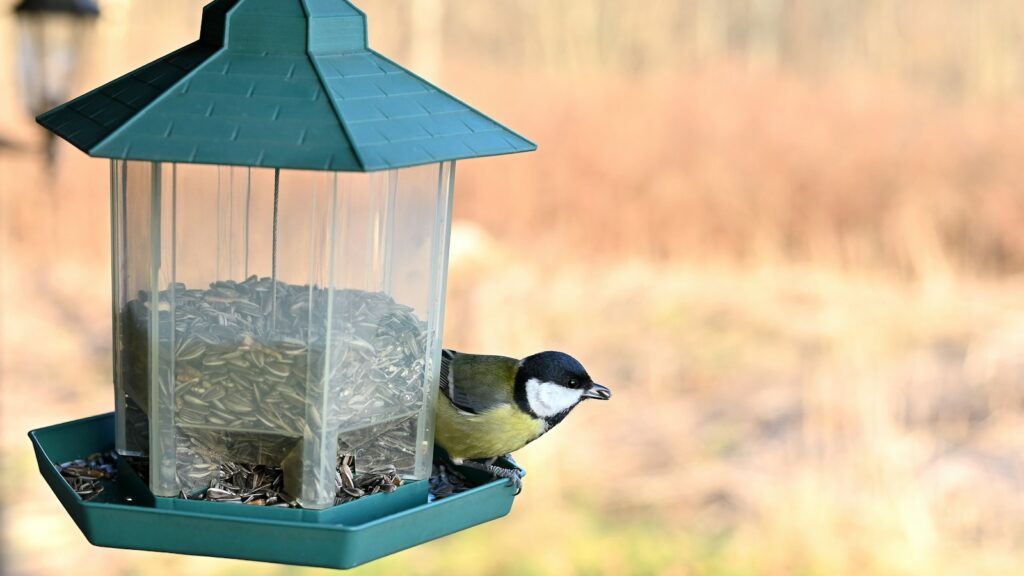
Bird feeders placed in the wrong locations can expose birds to predators, window collisions, or harsh weather conditions that make feeding too risky. Feeders positioned without nearby shelter force birds to travel in the open, making them vulnerable to hawks and other predators. Dirty feeders contaminated with moldy seed, droppings, or bacteria can spread diseases like salmonellosis, avian pox, or conjunctivitis through an entire bird population. The optimal feeder setup includes placing feeders near protective cover (but not so close that predators can hide), cleaning them thoroughly every two weeks, and positioning them either within three feet of windows or more than 30 feet away to prevent deadly collisions. Rotating feeding stations periodically prevents the buildup of droppings and discarded seed shells beneath feeders.
Allowing Cats to Roam Freely
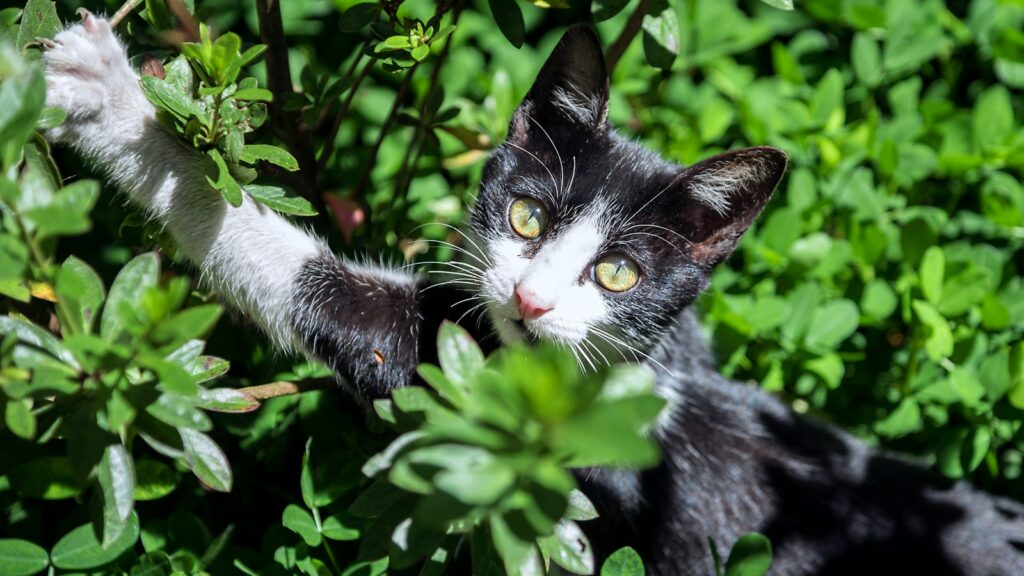
Domestic cats, even well-fed ones, are instinctive hunters that pose one of the greatest threats to backyard birds. According to research from the Smithsonian Conservation Biology Institute, outdoor cats kill an estimated 2.4 billion birds annually in the United States alone, making them the single greatest human-caused threat to birds. Even cats wearing bells can successfully stalk and catch birds, as birds don’t innately recognize the sound as a warning. The most bird-friendly approach is keeping cats indoors or creating protected outdoor experiences through catios, leashed walks, or enclosed outdoor spaces. If neighborhood cats frequent your yard, motion-activated sprinklers or ultrasonic deterrents can help create safer zones for birds without harming the feline visitors.
Removing Dead Trees and Natural Materials
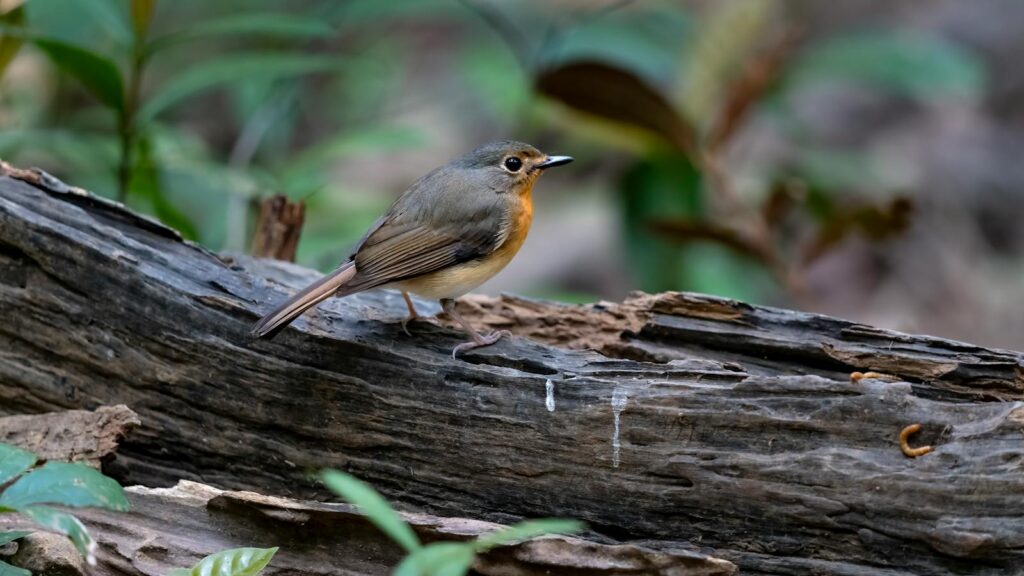
The common practice of removing dead trees (snags), fallen logs, and other “messy” natural materials eliminates crucial microhabitats that many bird species depend on. Woodpeckers, nuthatches, chickadees, and other cavity-nesting species rely on dead or decaying trees for both nesting sites and insect foraging. A single dead tree can host over 1,000 species of insects that serve as protein-rich food sources for birds. When safety concerns necessitate removing a dead tree near structures, consider leaving a tall stump (6-15 feet) whenever possible, as even this partial snag provides valuable habitat. Similarly, brush piles from pruned branches and fallen leaves create sheltered spaces for ground-feeding birds like towhees and thrushes to forage for insects, spiders, and seeds.
Nighttime Light Pollution
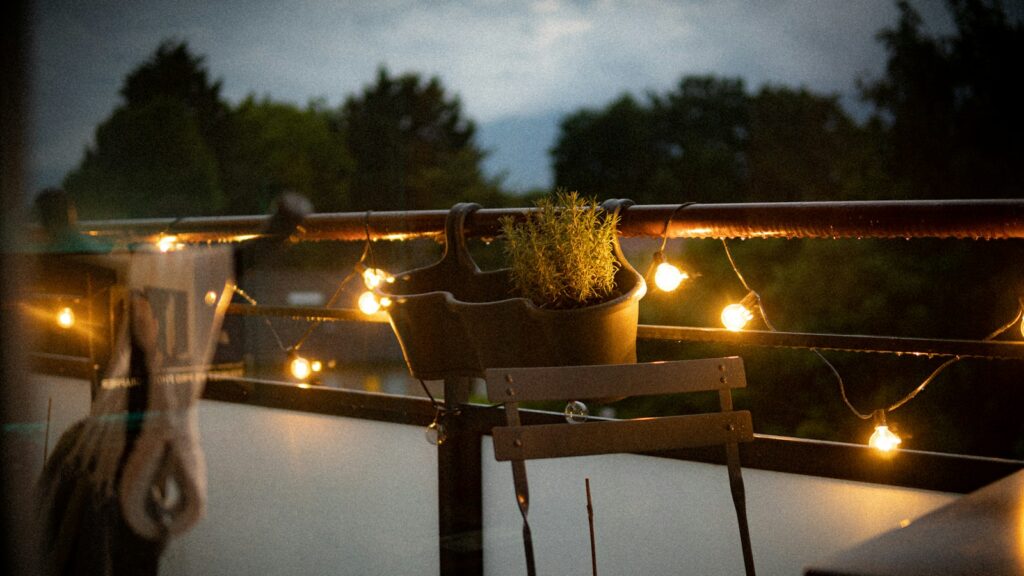
Excessive outdoor lighting disrupts natural bird behaviors including migration, mating, and feeding patterns. Birds navigate using celestial cues, and artificial lighting can disorient them, particularly during migration seasons when many species travel at night. Bright landscape lighting, security floods, and decorative features that illuminate trees and shrubs can prevent birds from using these areas for roosting or nesting. Studies have shown that birds nesting near artificial lights often begin their dawn chorus abnormally early, potentially depleting their energy reserves and disrupting their breeding success. Installing motion-sensor lighting, using downward-directed fixtures, choosing warm-colored bulbs (which are less disruptive than cool white or blue lights), and simply turning off unnecessary outdoor lighting, especially during peak migration seasons (March-May and August-October), can significantly reduce this impact.
Using Reflective or Transparent Materials
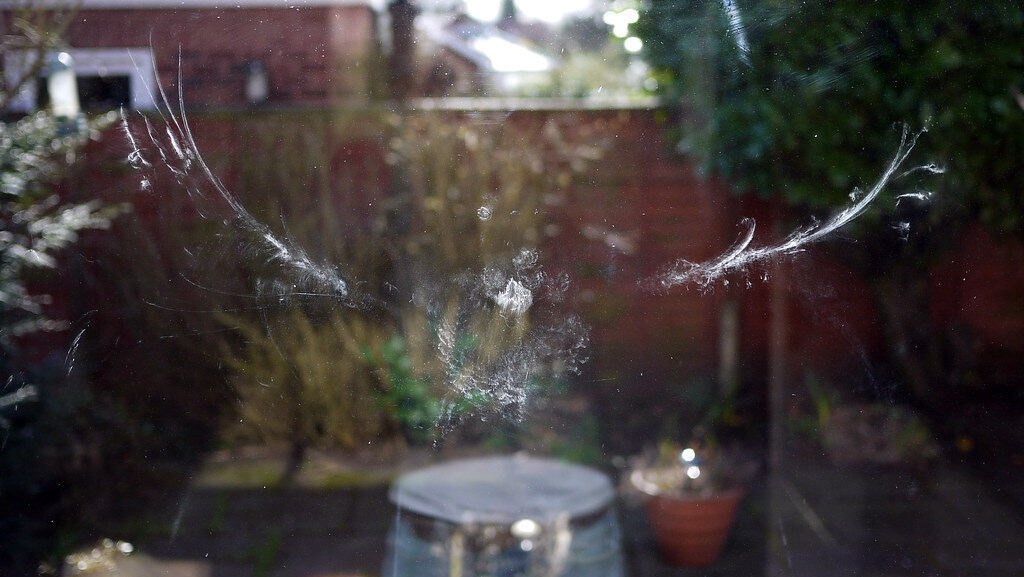
Reflective surfaces and transparent materials create invisible hazards that cause millions of bird deaths annually through collisions. Windows, glass railings, and decorative mirrors in the garden reflect sky and vegetation, creating illusions of passable space that birds cannot distinguish from reality. Research indicates that up to one billion birds die yearly in the United States from window strikes, with residential homes accounting for a significant portion of these fatalities. Breaking up reflections with window decals, screens, or films can reduce collisions by up to 90% when properly installed. Placing bird feeders either within three feet of windows (too close for birds to gain enough momentum in collisions) or more than 30 feet away (allowing birds to recognize the barrier) can significantly reduce strike risks.
Planting Invasive Species
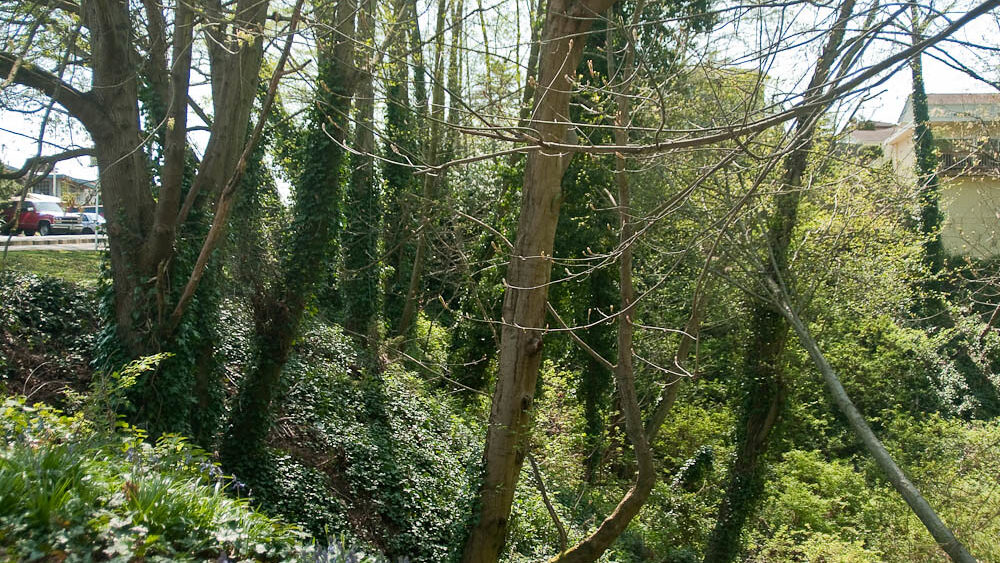
Many popular ornamental plants sold in nurseries are actually invasive species that outcompete native vegetation critical to bird survival. Plants like Japanese honeysuckle, Bradford pear, and English ivy might look attractive but create ecological traps that offer minimal nutritional value while displacing native plants that birds have evolved alongside for thousands of years. Invasive berries often contain lower fat and nutrient content than native alternatives, providing insufficient energy for migrating birds. Some invasive plants also alter soil chemistry or create monocultures that eliminate the diverse insect populations birds rely on for protein. Replacing invasive species with native alternatives appropriate for your region creates authentic habitat that supports the complete life cycle of local and migratory birds.
Impatience with Natural Processes
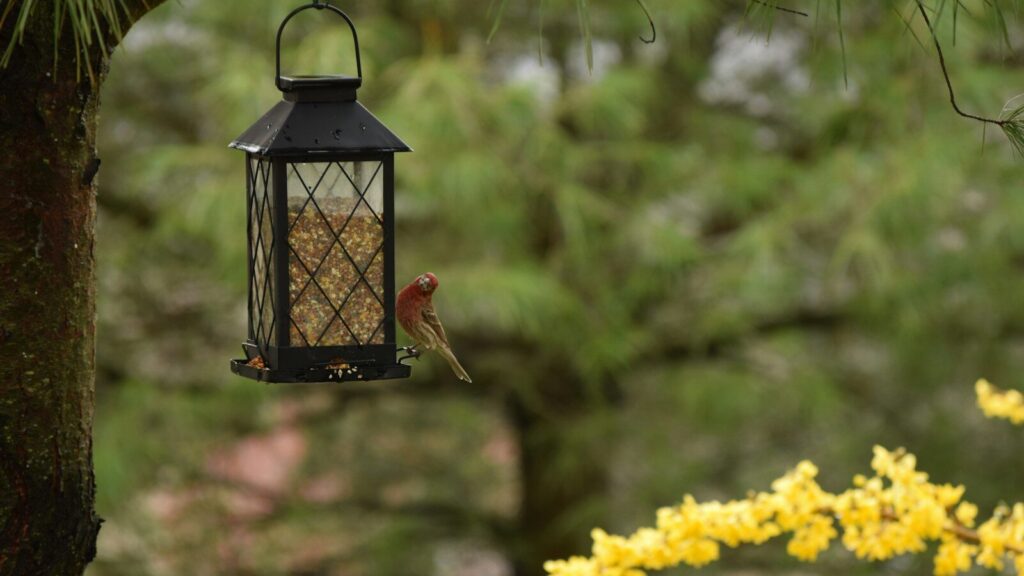
Creating a truly bird-friendly yard requires embracing natural cycles and ecological succession rather than expecting immediate results. Many homeowners become discouraged when birds don’t immediately flock to newly installed feeders or native plantings, not realizing that establishing a functioning ecosystem takes time. Young native plants need several seasons to mature before producing significant seeds, fruits, or hosting abundant insect populations. Birds also exhibit site fidelity and cautious behavior, often taking weeks or months to discover and trust new food sources or habitat features. The most successful bird-friendly yards develop through consistent practices over years, not days or weeks, as plant communities establish, soil health improves, and bird populations gradually discover your yard through seasonal movements and word-of-beak communication from other birds.
Mistiming Maintenance Activities
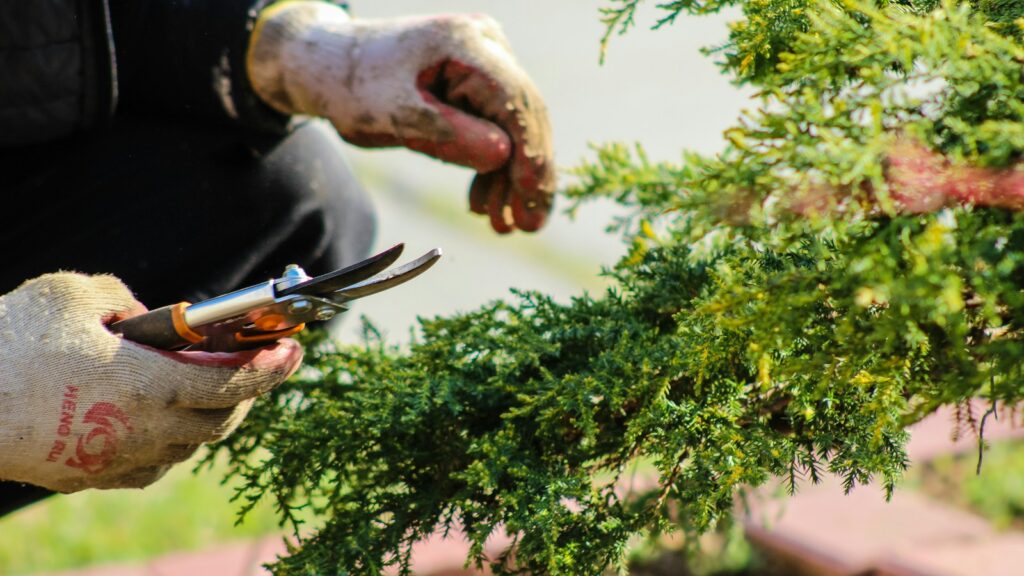
Even bird-friendly maintenance practices can become problematic when performed during sensitive times in the avian calendar. Pruning trees and shrubs during spring and early summer can inadvertently destroy active nests, which are often well-camouflaged and difficult to spot. Mowing natural areas during ground-nesting season (typically April through July for many species) can eliminate nesting sites for meadowlarks, towhees, and other ground-dwelling birds. Fall cleanup that removes all leaf litter and dead plant material eliminates crucial overwintering habitat for insects that birds depend on for food during the lean winter months and early spring. Developing a bird-aware maintenance calendar that schedules major pruning for late winter (before nesting season), preserves unmowed sections during breeding season, and leaves some areas “messy” through winter creates a year-round hospitable environment.
Ignoring Regional Differences in Bird Needs
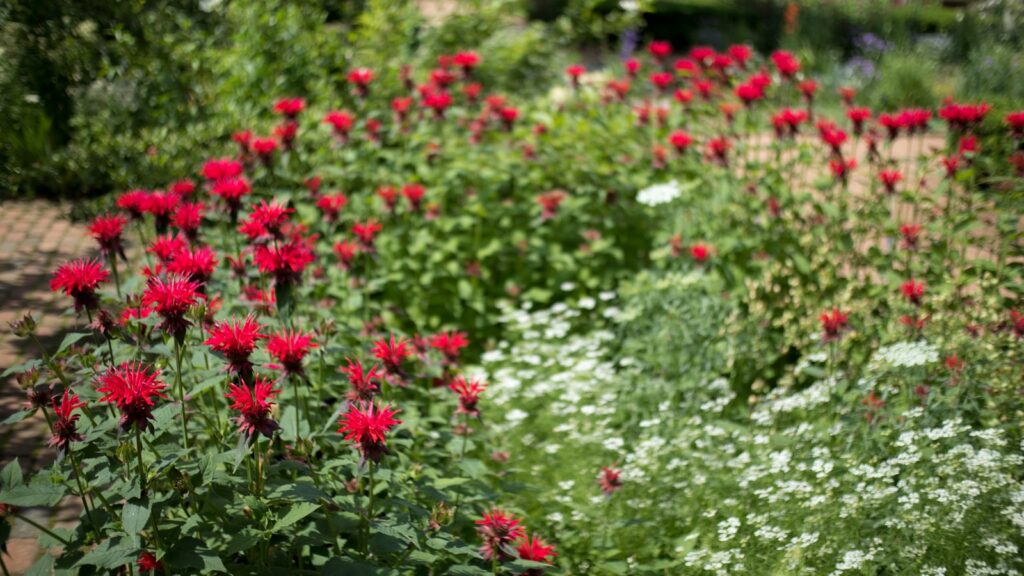
Bird-friendly gardening advice often takes a one-size-fits-all approach that fails to account for significant regional differences in climate, native plant communities, and local bird populations. What works perfectly in a New England garden might be entirely inappropriate for a southwestern desert landscape. Different regions host different migratory patterns, breeding seasons, and resident species with specific habitat requirements that should inform your yard management practices. Consulting with local Audubon chapters, native plant societies, or extension offices helps identify the specific needs of birds in your area. Understanding which species are declining in your region allows you to target your efforts toward the birds that would benefit most from improved habitat, whether that’s providing specific nest box designs, particular native plants, or specialized feeding stations.
Conclusion
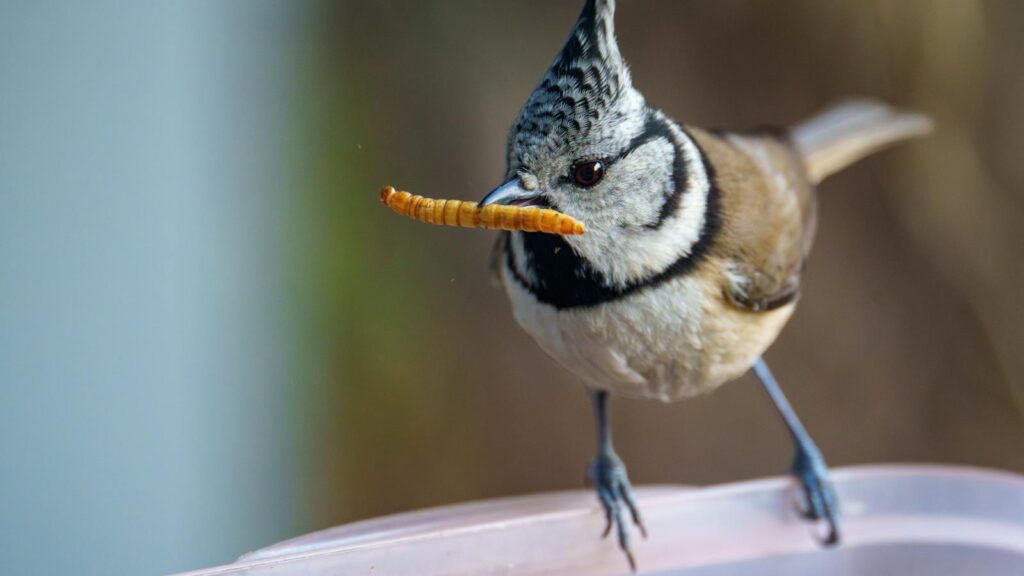
Creating a bird-friendly yard isn’t just about avoiding mistakes—it’s about actively cultivating an environment where birds can thrive throughout their life cycles. By eliminating chemical threats, providing diverse natural habitats, offering reliable water sources, and considering the specific needs of your local bird populations, you can transform your outdoor space into a sanctuary that supports avian conservation while bringing the joy of birdwatching right to your doorstep. Remember that even small changes implemented gradually can make a significant difference in attracting and supporting birds. As you correct these common yard mistakes, you’ll likely notice increased bird activity, diversity, and behaviors that indicate your space has become a trusted resource in your local ecosystem. Your bird-friendly yard becomes not just a personal pleasure but a valuable contribution to conservation efforts that help birds navigate an increasingly challenging world.
